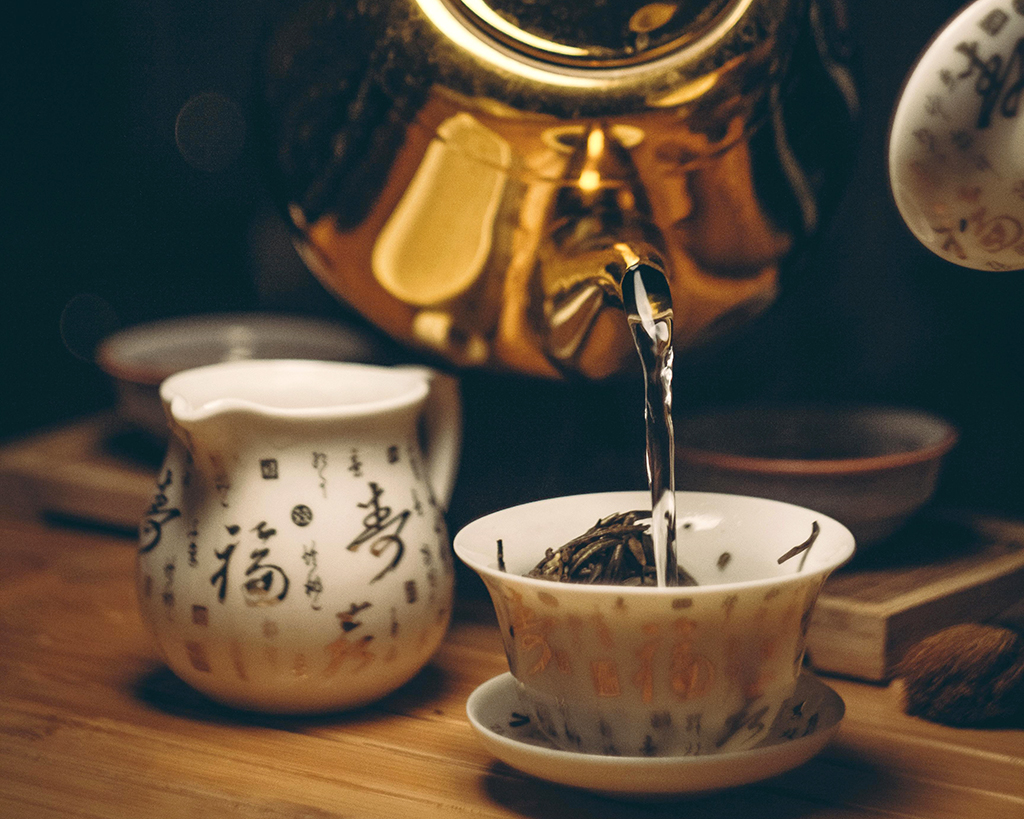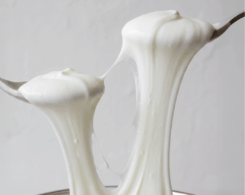The rugged Cederberg Mountains of South Africa offer the only place on earth where the hardy rooibos shrub thrives. Enduring scorching summers and freezing winters, rooibos, known as “red bush” in Afrikaans, has become a global favorite. Its rich aroma, natural sweetness, and perceived wellness appeal have made it a global favorite in kitchens, rituals, and design.
Beyond its distinctive flavor and uses, rooibos carries a fascinating history and cultural legacy, deeply connected to the Indigenous people of South Africa. From ancient medicinal practices to modern innovations, rooibos continues to inspire and captivate. Curious to learn how this remarkable plant has shaped traditions, industries, and lifestyles? Read on to explore its story!
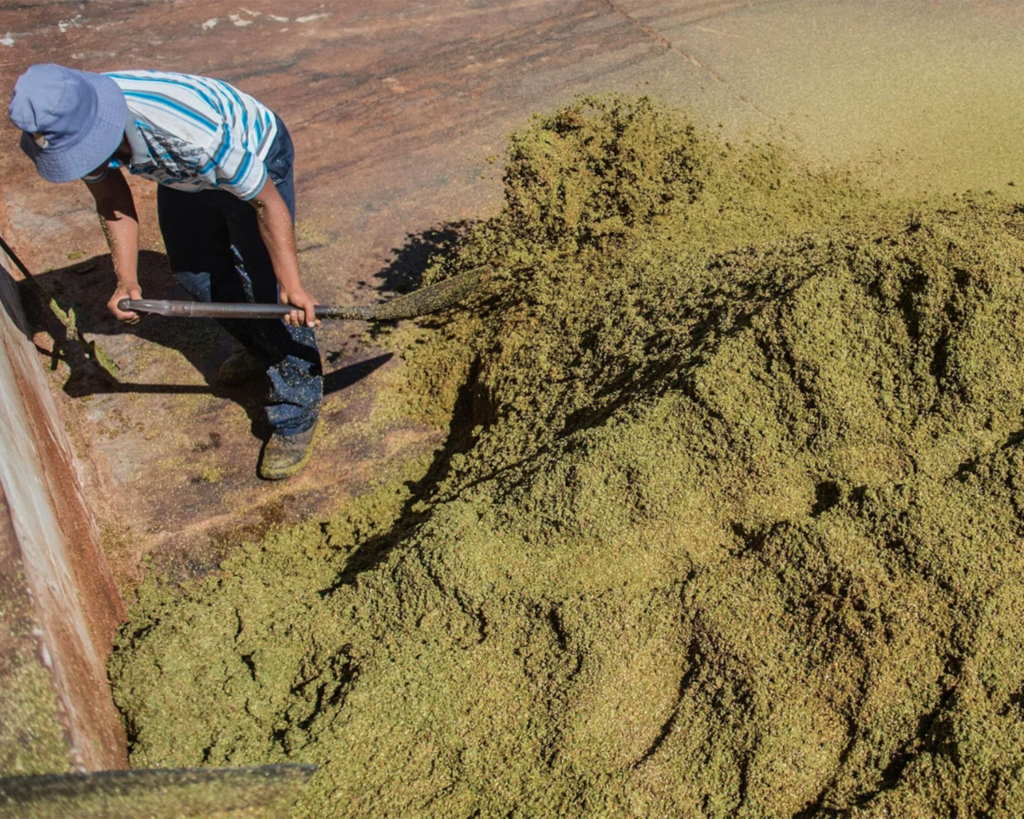

Exploring the Rooibos route
The Rooibos Route, launched in 2012 by Sanet Stander, offers an engaging way to discover the history and significance of rooibos. Visitors can tour farms, factories, and tea shops while experiencing rooibos creatively. Tink milkshakes, martinis, steak sauces, and also spa treatments.
Highlights include the Wupperthal Original Rooibos Cooperative in the Tra-Tra Valley, where over 70 Indigenous farmers cultivate rooibos on modest plots, harvesting by hand with sickles. The cooperative operates from a 19th-century thatched-roof building, offering insight into traditional farming practices and cultural heritage.
The Ou Tronk Museum in Clanwilliam showcases rooibos’s journey to global prominence. It features antique tools, vintage packaging, and exhibits on its processing history. At Skimmelberg, an organic farm, visitors can watch the transformation of vibrant orange leaves into tea during the fermentation and drying process.
For indulgence, the Carmién Tea Shop near Citrusdal offers wine and tea pairings featuring rooibos paired with small bites for a sophisticated take on this South African staple.


A cultural and historical journey
The history of rooibos is firmly linked with South Africa’s Indigenous people, particularly the San, who first used the plant as medicine. For centuries, they relied on rooibos’s unique polyphenols, such as aspalathin, to help promote health. The San’s cultural legacy also lives on in South Africa’s ancient rock art. At Bushmans Kloof Wilderness Reserve, over 130 rock art sites—some dating back 10,000 years—offer a glimpse into the spiritual world of South Africa’s earliest inhabitants.
While Rooibos enjoyed global success, indigenous farmers historically saw little of its economic benefits. This changed with a significant milestone in 2021, when Rooibos became the first African product to receive “protected designation of origin” status, similar to Champagne in France. This recognition ensures the name “Rooibos” remains exclusive to South Africa and formally acknowledges Indigenous farmers as traditional knowledge holders. Community trusts now receive 1.5% of the annual raw Rooibos sales, funding development and aid projects to secure a sustainable future for these communities.
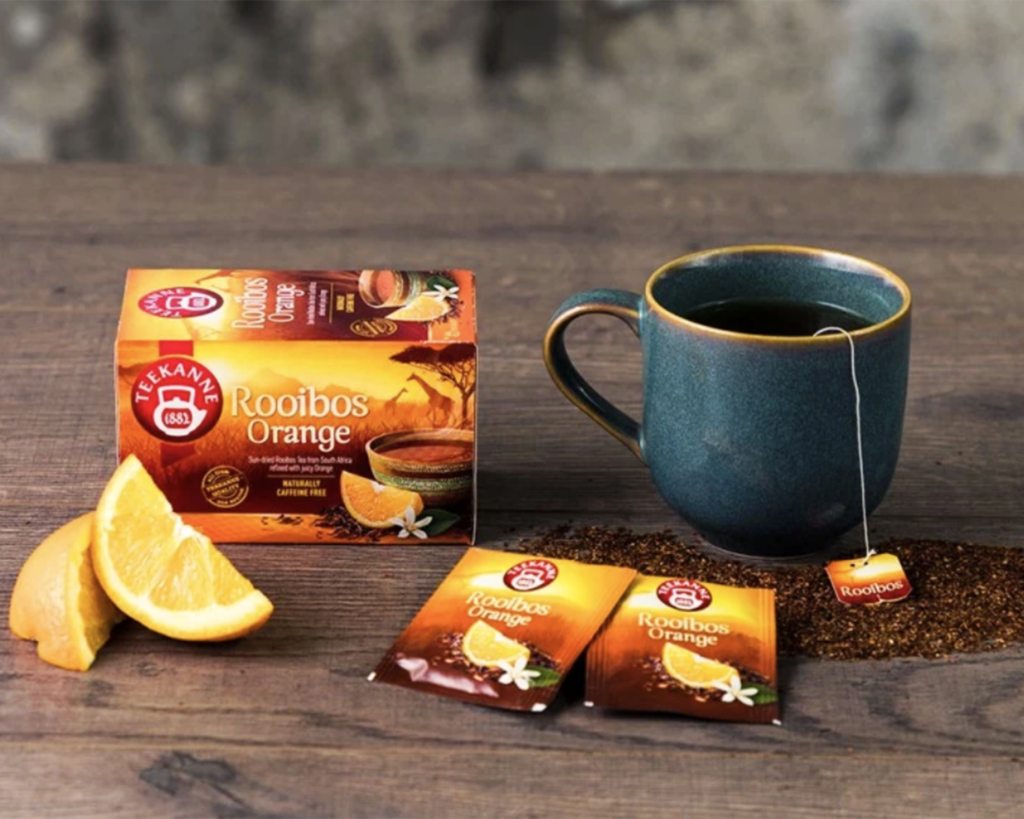
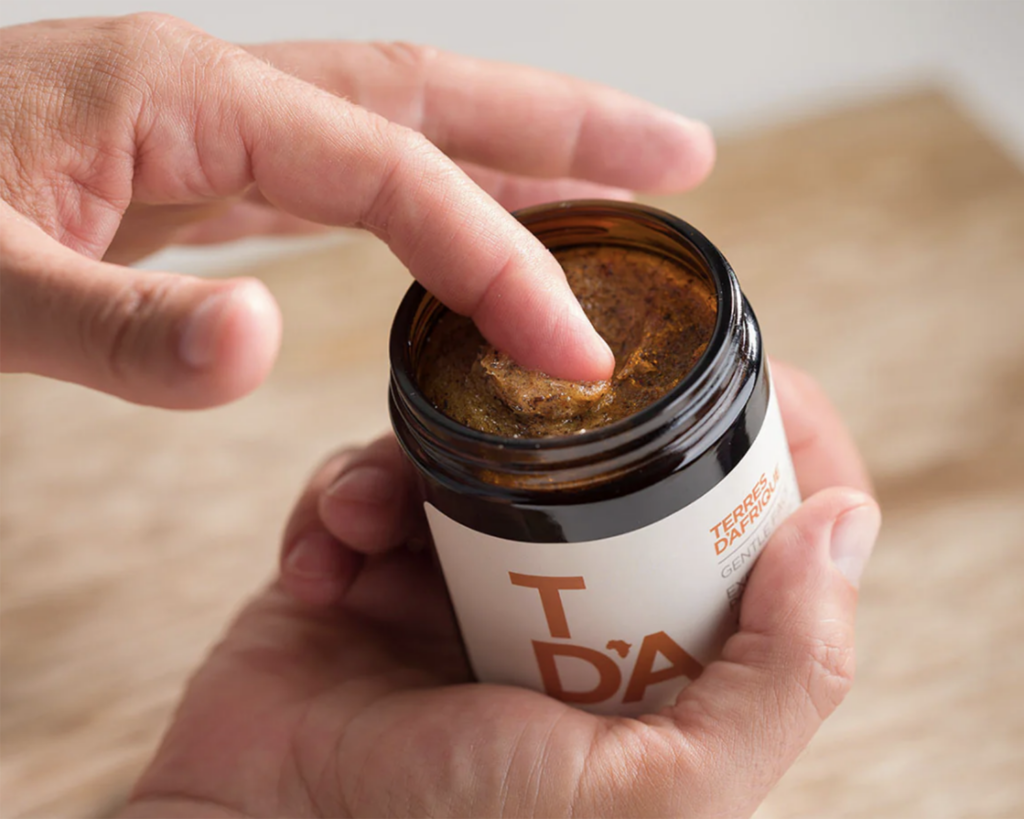
Rooibos today: health benefits and modern uses
In skincare, Rooibos’s antioxidants can potentially help signs of aging, combat free radicals, and enhance skin elasticity. Brands like African Extracts Rooibos and African Botanics incorporate rooibos into facial creams and serums, while spas along the Rooibos Route offer rooibos-infused scrubs and massages. Everyday products like Terres d’Afrique Gentle Facial Scrub benefit homes worldwide.
Culinary uses highlight rooibos’s earthy, slightly sweet flavor. Chefs enhance marinades, desserts like panna cotta, and sauces with rooibos. Tea brands such as Teekanne and Eleven O’Clock offer premium blends, while Twinings of London features Pure Rooibos Red Tea pods for Keurig. Ready-to-drink options like BOS Iced Tea and Rooibos-infused craft beers showcase its versatility.
Rooibos’s influence extends to fashion and design. Pantone’s Rooibos Tea” color (Pantone 18-1355 TCX), a rich, earthy tone, evokes warmth and natural beauty. This shade aligns with interior design trends, creating cozy and inviting spaces.


From its medicinal roots to its role in beauty, cuisine, and design, rooibos continues to inspire innovation and cultural significance. Its legacy honors the traditions of South Africa’s Indigenous people while adapting to modern tastes and trends. Whether enjoyed as a tea, embraced in skincare, or admired in design, rooibos continues as a symbol of resilience, creativity, and tradition. How will you incorporate rooibos into your routine? Comment below and share your thoughts!

